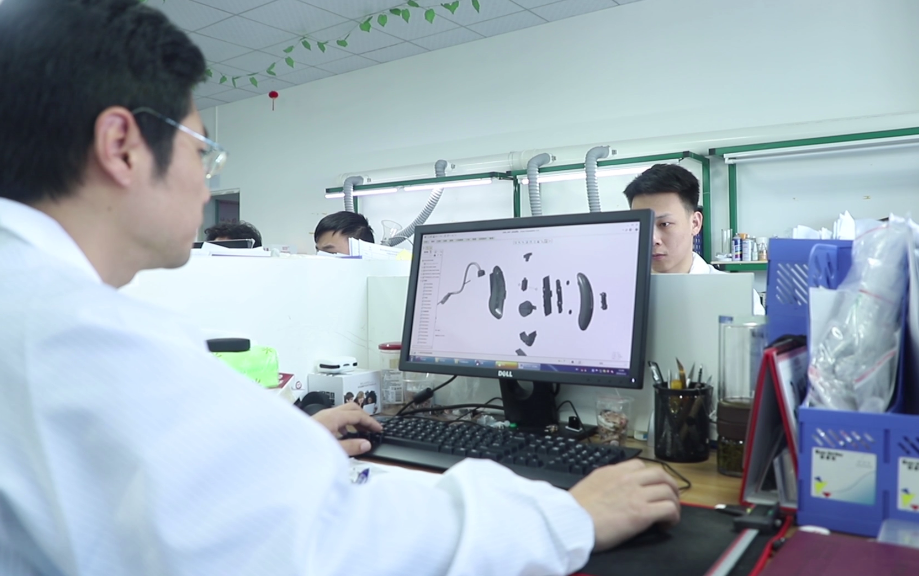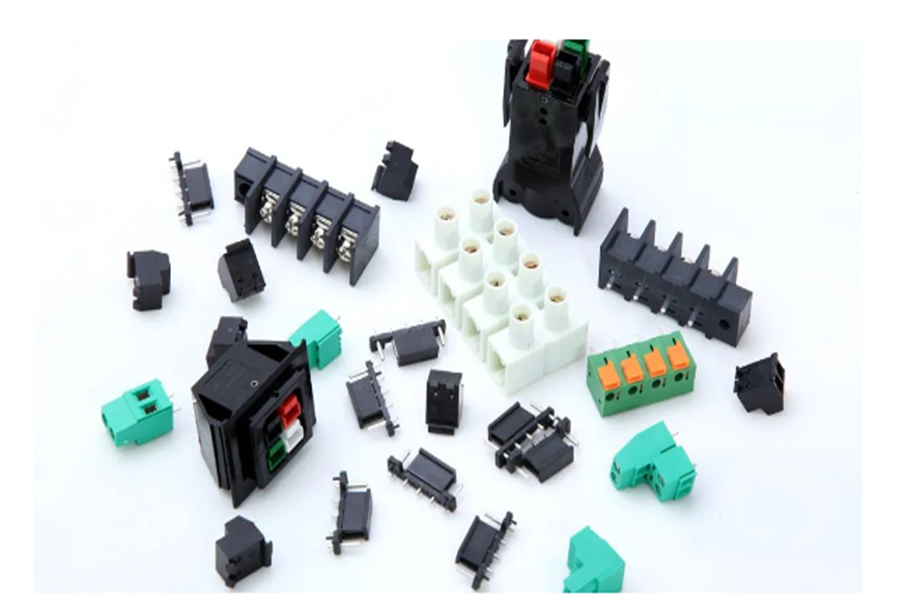
Hearing aids belong to the second category of medical devices, precision electronic products, and are a kind of miniature sound reinforcement equipment.Hearing aids use the patient’s residual hearing for reasonable hearing compensation, which can amplify the external sound to the extent needed by deaf patients, and effectively help deaf patients to listen better. It is an effective tool to help deaf patients improve their hearing.Chinese people still don’t know much about hearing aids, so the acceptance of hearing aids is far lower than that of western developed countries.Today, Yisheng Hearing Aids will let you know about hearing aids, understand the working principle of hearing aids and the internal structure of hearing aids.
How hearing aids work
The sound signal is converted into an electrical signal through a microphone, and the sound processing is amplified by an amplifier, and then the processed electrical signal is restored by the receiver to an acoustic signal and transmitted to the human ear.
Hearing aid internal structure
With the development of science and technology, the hearing aid body has become smaller and more powerful, and the so-called “sparrow is small and complete.”The internal structure of the hearing aid is mainly composed of components such as a microphone, an amplifier, a receiver, a battery, and various volume tone control knobs.
Inner structure of behind-the-ear hearing aid
The microphone, amplifier, receiver, battery, etc. of the behind-the-ear hearing aid are assembled in the body, and various sound processing circuits are also included in the high-end ear-back hearing aid.The amplified sound is transmitted to the sound hole of the ear mold through the ear hook and the plastic tube.Some of the analog line’s behind-the-ear hearing aid housings have switches, volume control, tone adjustment files, maximum sound output adjustment files, and T files.Many in-ear and back-type hearing aids can be connected to external devices, such as wireless FM or infrared receiving language training systems.
Inner structure of in-ear hearing aid
The in-ear type is similar to the basic structure of an ear canal hearing aid, and is composed of a housing, a microphone, an integrated circuit amplifier, a potentiometer, a receiver, and the like.Integrated circuit amplifiers Due to the miniaturization of electronic components and the increased degree of electronic integration, integrated circuit amplifiers for hearing aids are becoming more sophisticated.In particular, the application of digital processing of signals can add a lot of functionality without adding additional components.
Invisible hearing aid structure
The structure of the invisible hearing aid is similar to that of the in-ear type, but uses a smaller, more compact integrated circuit amplifier that reduces the footprint of the hearing aid.This allows the invisible hearing aid to achieve a hidden effect on the wearer.
In addition to these basic hearing aid structures, most of the current hearing aids use digital hearing aids. Digital hearing aids have the following functions: multi-channel wide dynamic compression, automatic noise reduction, dynamic acoustic feedback suppression, output automatic gain control and soft clipping, direction Sex microphone, frequency shifting, etc.Digital hearing aids are computer-programmable, and the application of more hearing aid technology makes hearing aids better.
A powerful hearing aid ensures that you have the best speech comprehension in a strong and complex listening environment, reducing the difficulty of listening in noisy noise environments while maximizing the comfort of listening.
Link:How the hearing aid works and The internal structure of the hearing aid
REF: Bluetooth Hearing Aids, Hearing Loss, Digital Hearing AidsThe article comes from the Internet. If there is any infringement, please contact service@jhhearingaids.com to delete it.






